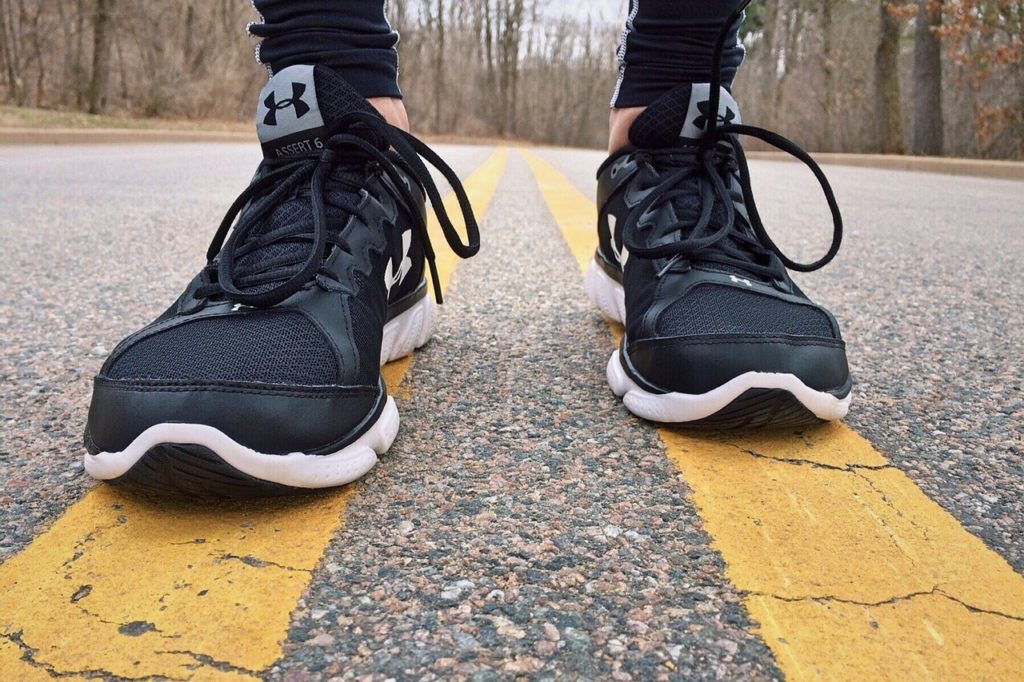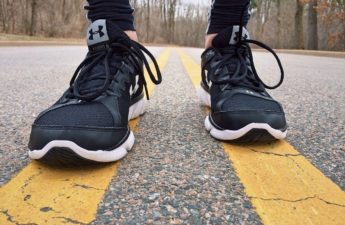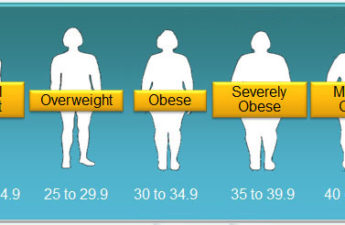Whether you’re a newbie or a pro, a good pair of shoes can protect your feet and keep you running.


By Jeffrey R. Pentek, DPM
Contributing writer
Whether you rarely jog, run a couple of days each week or regularly race competitively on pavement or trails, a key to enjoying – and enduring – the sport is establishing and maintaining foot health practices, which include periodic shoe-fitting and proper selection.
As a podiatrist and avid runner, I’m very aware of the importance of this often overlooked aspect of the sport and its role in helping people enjoy and benefit from it long term.
I hope the basic information in this article helps enlighten and support your decision to invest a little time, energy and money into keeping your feet healthy and happy. Trust me, you will not regret it.
What to look for
Although it’s not rocket science, there are a few important things to look for when selecting a good pair of supportive running shoes. They include:
- When you bend a running shoe from front to back, it should only bend at the ball of the foot. The midfoot and hindfoot should be firm.
- Heel counters on the back of running shoes should also be firm to prevent ankles from rolling in or out.
- And twisting running shoes with your hands should not allow for a lot of bending. You do not want very flexible shoes since this tends to put greater stress on feet.
In addition to these “kick the tires” tips, here are other things to keep in mind when looking for appropriate running shoes:
- Well-constructed running shoes typically last for about 500 miles of use before they should be replaced.
- Minimalist shoes, including road racing shoes, often last between 250 and 300 miles.
- People with high foot arches tend to do better with cushioned “neutral” shoes, and people with flatter foot arches tend to do better in running shoes designed for extra stability.
- Also, specific running shoe characteristics should be considered for people’s individual foot pathology. For example, wide toe boxes are helpful for bunions and hammertoes, and running shoes with a stiff forefoot rocker (running shoe technology that provides additional stress reduction by facilitating a smooth gait to increase mobility) are helpful for people experiencing arthritis or other pain issues in the forefoot.
Running shoe aids
Beyond making time to research and find a supportive and appropriate running shoe to suite your individual needs, some people – especially runners dealing with chronic foot pain due to anatomic issues or injury – can benefit from the use of orthotics.
These over-the-counter or customized devices, which are placed in the foot bed of running shoes, are sometimes used to modify the structural and functional characteristics of feet by providing extra motion control and stability.
Additional resources
If you are a runner who has or is experiencing foot pain on a regular basis, I encourage you to speak with your primary careprovider about it so your feet can be properly examined and appropriate care can be prescribed, which may or may not include a referral to a podiatrist for a more thorough evaluation.
A final thought
As a lifelong runner who ran competitively in high school and college and still loves to run regularly as part of an active lifestyle, I could not summarize my love of the sport better than Oprah Winfrey, who kept it simple and straightforward when she said, “Running is the greatest metaphor for life, because you get out of it what you put into it.”
For more information
For more information about the Podiatry program at Virginia Mason, call 206-341-3000 and visit:
- VirginiaMason.org/Podiatry
- VirginiaMason.org/DPM
- VirginiaMason.org/Workfiles/SportsMedicine/Shoes_List.pdf

Jeffrey R. Pentek, DPM, is a board-certified podiatrist. His areas of expertise include podiatryas well as foot and ankle surgery. He is a member of the Orthopedics and Sports Medicinewho practice at Virginia Mason Bainbridge Island Medical Centerand performs surgeries at Virginia Mason Hospital and Seattle Medical Center.


